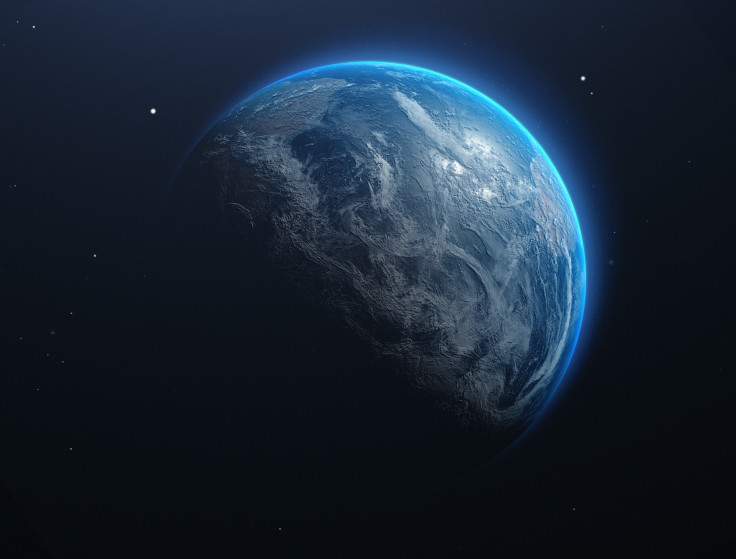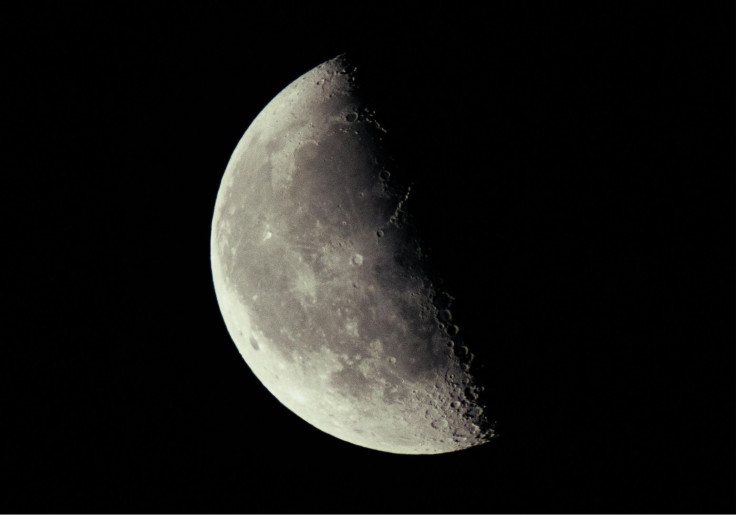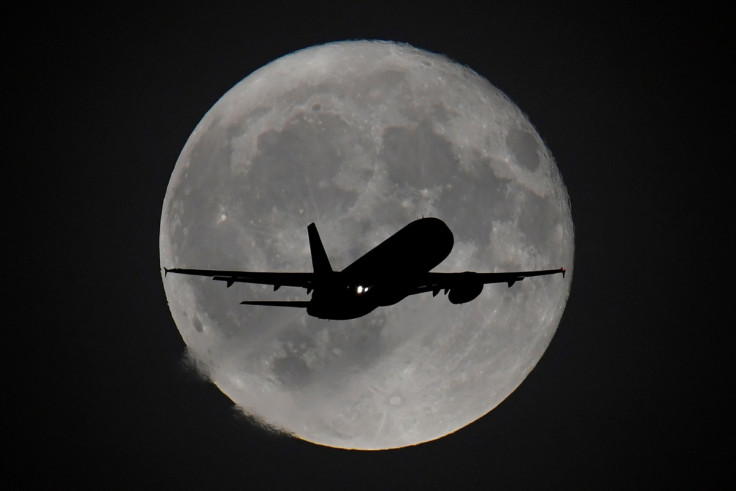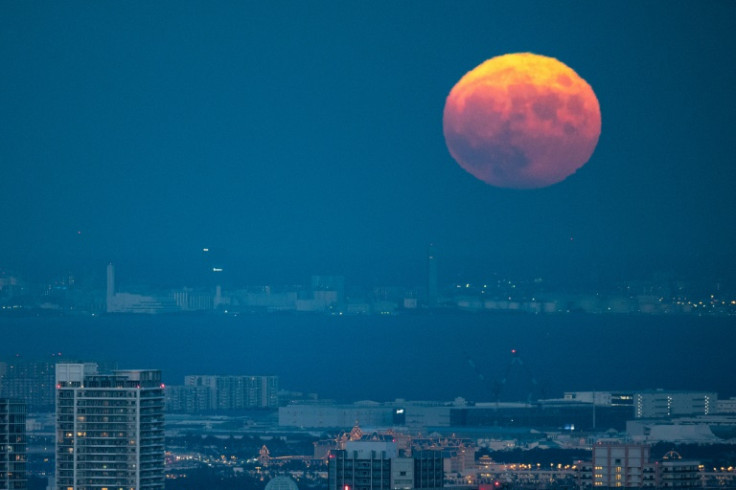
For centuries, the planet Earth has called the Moon its only natural companion. But new findings suggest Earth may not be a one-moon world after all. According to NASA, our planet is currently accompanied by a surprising group of eight so-called 'quasi-moons,' small asteroids that shadow Earth's orbit around the Sun and sometimes appear to orbit us.
The latest member of this cosmic entourage is 2025 PN7, a newly discovered asteroid that could expand Earth's 'moon family' to eight. If confirmed, this space rock joins a hidden club of celestial tagalongs that have followed Earth, some for decades, others for centuries, without being noticed.
What Exactly Is a Quasi-Moon?
According to the Planetary Society, quasi-moons are 'like a gravitational sleight of hand.' They are asteroids that orbit the Sun, not Earth, but their synchronised movement with our planet makes them appear to circle us from certain vantage points. In reality, they are temporary companions, drifting in and out of near-Earth space over time.

'They're cosmic hitchhikers,' said Carlos de la Fuente Marcos, an astronomer at the Complutense University of Madrid and co-author of the new study describing 2025 PN7. 'They mimic the behaviour of a moon but are actually orbiting the Sun.'
The discovery was published on September 2, 2025, in the Research Notes of the American Astronomical Society (AAS), a rapid-publication journal designed to share noteworthy astronomical observations before formal peer review.
Meet 2025 PN7
The new quasi-moon, 2025 PN7, was first spotted by the Pan-STARRS1 telescope at Haleakalā Observatory in Hawaii on July 30. It measures just 62 feet (19 meters) wide, about the size of the 2013 Chelyabinsk meteor that exploded over Russia and has a brightness magnitude of 26, making it far too faint to see without a powerful telescope.
French journalist and amateur astronomer Adrien Coffinet first identified the object's orbital pattern, posting his calculations to the Minor Planet Mailing List on August 30. He noted that 2025 PN7 appears to act as a quasi-satellite of Earth, likely following us for the next 60 years and possibly trailing us for the past seven decades as well.
The 'Eight-Moon Club' — Earth's Hidden Companions
If 2025 PN7's classification holds, it will join seven other known quasi-moons currently co-orbiting with Earth. Each follows a slightly different path, looping around our planet in complex, looping patterns while remaining gravitationally tethered to the Sun.

Among these are (469219) Kamoʻoalewa, a roughly 165-foot asteroid that's been following Earth for nearly a century. There is 2023 FW13, which scientists say has travelled alongside us since 100 BCE and will continue to do so for millennia.
Several other faint, temporary companions — sometimes called 'minimoons' — drift in and out of our planet's orbital path. Together, they form what is unofficially termed as 'Earth's Eight-Moon Club.'
The Expanding Definition of a 'Moon'
The discovery of 2025 PN7 also sparks an ongoing debate: What counts as a moon?
Traditionally, a moon is a natural object orbiting a planet, but quasi-moons blur that line. They orbit the Sun, yet appear gravitationally bound to Earth from our perspective. This dual identity forces astronomers to rethink how we define satellites, particularly as detection technology improves.

As of March 2025, NASA and the International Astronomical Union (IAU) recognise 422 planetary moons across the solar system, plus 531 small-body satellites orbiting asteroids and dwarf planets. But that number is rising fast, with new moons being discovered around Saturn, Jupiter, Uranus, and Neptune almost every year.
Astronomers now estimate there could be up to 10,000 natural satellites in our solar system waiting to be found, from massive planetary companions to tiny, fleeting quasi-moons like 2025 PN7.
Does Earth Really Have Two Moons?
Not exactly, but it has at least eight part-time ones, and according to reports, NASA has yet to confirm 2025 PN7's moon status. 'Quasi-moons challenge our assumptions,' said de la Fuente Marcos. 'They prove that Earth's relationship with its surroundings is far more complex and fascinating than we ever imagined.'
These small, mysterious companions remind us that even in our cosmic backyard, the universe is still full of surprises.







